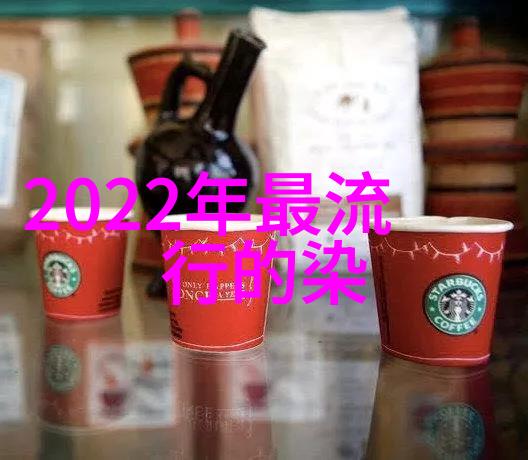Runway Rhapsody: Decoding the Enigmatic Dance of Fashion Trends

The world of fashion is a never-ending symphony, with trends emerging and evolving like notes in an intricate melody. From haute couture catwalks to high street boutiques, the rhythm of fashion's latest obsession can be heard echoing through every corner. In this article, we will delve into the enigmatic dance of fashion trends, exploring six key points that capture the essence of this captivating phenomenon.
The Birthplace of Trendsetters

Fashion trends often begin on runways during major international events such as New York Fashion Week (NYFW), London Fashion Week (LFW), Paris Fashion Week (PFW), and Milan Fashion Week (MFW). Designers unveil their collections for upcoming seasons to industry insiders and style enthusiasts alike. These presentations serve as blueprints for what will soon become mainstream styles.
Street Style Influencers

As designers' creations hit stores worldwide, they are interpreted by everyday people who embody them in their own unique way – thus giving rise to street style influencers. These individuals showcase trendy pieces while walking down city streets or attending events, inspiring others to emulate their looks on social media platforms such as Instagram.
Celebrity Endorsements

Celebrities play a significant role in popularizing specific clothing items or overall aesthetics within the realm of fashionable culture. Their endorsement can instantly catapult an item from obscurity into mainstream popularity – think about it: when celebrities wear something new and different on red carpets or at public appearances, they set off a chain reaction that encourages fans worldwide to follow suit.
Social Media Impact

Social media has dramatically transformed how we consume and engage with fashion trends today compared to decades past when magazines were our primary source for inspiration. Platforms like Instagram have given birth to micro-influencers who focus primarily on promoting specific brands or niche styles; these influencers wield considerable influence over consumer preferences due to their relatability factor among followers who share similar interests.
5.Fast-Fashion Conundrum
Fast-fashion brands capitalize on current trendsetters by rapidly producing affordable versions of designer pieces before they go out-of-style – effectively allowing consumers access trendy clothing without breaking bank constraints imposed by luxury labels' price tags This practice often leads critics arguing about its environmental impact but remains incredibly successful due its ability cater towards diverse budgets across various demographics.
6.Cultural Exchange & Borrowing
Fashion has always been heavily influenced by cultural exchange between nations; historical examples include Japanese kimono prints adorning 19th-century European garments and African patterns incorporated into contemporary designs Today's global connectivity enables us witness influences from various cultures being translated onto runways globally which then spread across globe via digital channels leading us toward a more inclusive yet complexly interconnected world through clothes choices made daily


